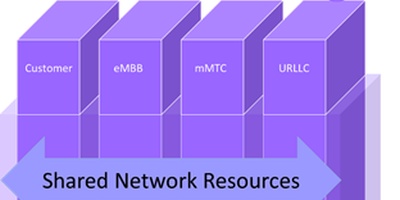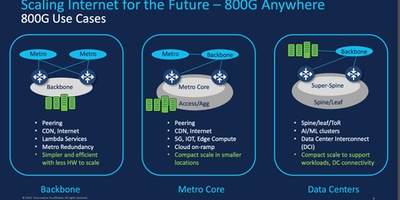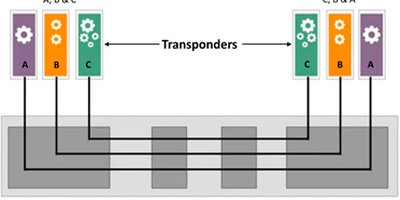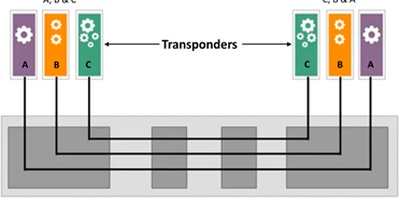
Service providers' IoT strategies may differ, but one thing is clear, they need to create a cohesive ecosystem to succeed
The explosive growth of Internet of things will transform many industries and create unprecedented opportunities for existing and new players. Cisco predicts that by 2020, there will be 50 billion devices connected to what it calls the Internet of Everything. Service providers are uniquely well positioned to create significant shareholder value from IoT, but they must pursue the right strategy and execute along a complex set of dimensions. When it comes to IoT, there is no one right strategy for service providers. Indeed, there are various strategies that an SP could pursue, from being a connectivity provider to offering an end to end comprehensive solution in a vertical or a select number of verticals and anything in between. Which strategy a service provider pursues depends on its capabilities and its unique assets. Therefore, to determine the best IoT strategy, an SP should look inward and take stock of its inherent competencies, its position in the marketplace, and the competitive landscape around it.
Connectivity Provider: Most service providers have significant connectivity assets, often in both wireline and wireless networks, which give them a significant competitive advantage when it comes to IoT. However, to succeed as a connectivity provider, service providers need to establish a dedicated IoT business unit that caters to the specific needs of IoT. The connectivity demands of IoT go well beyond the existing infrastructure of most service providers, both in terms of the significant number of connections and the type of connectivity (for example, low-power WAN). Furthermore, some verticals may require unique connectivity topology that the service provider needs to implement. In some cases, the customer will require connectivity from multiple service providers, in the same country or across multiple countries. Therefore, it is imperative that service providers establish strong partnerships with other service providers and vendors to offer an end-to-end connectivity solution.
End-to-End Solution Provider: At the other end of the spectrum, a service provider offers an end-to-end solution in a vertical. Several service providers have pursued this path (typically the larger, more established ones), including Verizon and AT&T in the US and Vodafone and Orange in Europe. In this scenario, the service provider offers a significant amount of capabilities: connectivity, device management, edge computing, edge data analytics, cloud, enhanced data analytics, end-to-end security and very targeted applications. Given the service provider’s traditional core competencies, the provider will need to establish several very tight partnerships that will enable it to offer the end-to-end solution. In some cases, the service provider will acquire some of these capabilities (for example, Verizon’s acquisition of Fleematics and Sensity). In short, service providers must build a tightly knit ecosystem that includes a number of partners that will work together very synergistically to deliver the right solution. This is no small task for service providers, but considering the amount of revenue at stake, they will step up and take on the challenge. Although these scenarios present two extremes, service providers can pursue any strategy on the continuum. The bottom line is that whatever approach they choose, they will need to establish very deep partnerships with a host of vendors and other service providers to deliver solutions that will succeed in the marketplace.





















































